
Momentum in a simple way is a quantity of motion. Here quantity is measurable because if an object is moving and has mass, then it has momentum. If an object does not move then it has no momentum. However, in everyday life it has an importance but many people didn’t recognize it. Momentum is just about every activity that involves motion. It is an essential concept of physics. In sports momentum term is commonly used. Like, if a team has the momentum then it is on the move and is going to take some effort to stop. But if a team has lot of momentum then it is really on the move and is going to be hard to stop. This article deals with the concept of momentum with examples and its importance in everyday life.
What is momentum and its importance in everyday life?
Momentum is about every activity that involves motion. It is an essential concept of physics and is also used in everyday life. How momentum works, why momentum is important, concept of momentum with examples etc. are discussed in the article.
What is momentum?

The momentum of a body is defined as the product of its mass and velocity. This we can better understand with the help of an example: Cricket ball is much more heavy than a tennis ball. Suppose we throw a cricket ball and a tennis ball, both with the same speed or velocity. It will be found that more force is required to stop the cricket ball which has more mass and less force is required to stop the tennis ball which has less mass. Therefore, we can say that the force required to stop a moving body is directly proportional to its mass.
When we throw two cricket balls of the same mass but with different speed or velocities then it will be found that more force is required to stop that cricket ball which is moving with higher speed or velocity than another with lower speed or velocity. So, we can say that the force required to stop a moving body is also directly proportional to its velocity. Thus, the quantity of motion in a body depends on the mass and velocity of the body. Momentum is a vector quantity and takes place in the direction of velocity. SI unit of momentum is kilogram metres per second or kgms-1.
Momentum = mass x velocity
Or, p = m x v
Where p = momentum
m= mass
v= velocity or speed
If a body is at rest, its velocity is zero and so its momentum will also be zero.

The direction of linear momentum is constant, whereas the direction of angular momentum keeps on changing continuously with the rotation of photon along with its centre of mass. The directions of angular momentums starting from 0åre0åre shown at intervals of 45˚. The angular momentum/resultant momentum moves the photon up and down continuously to form wave
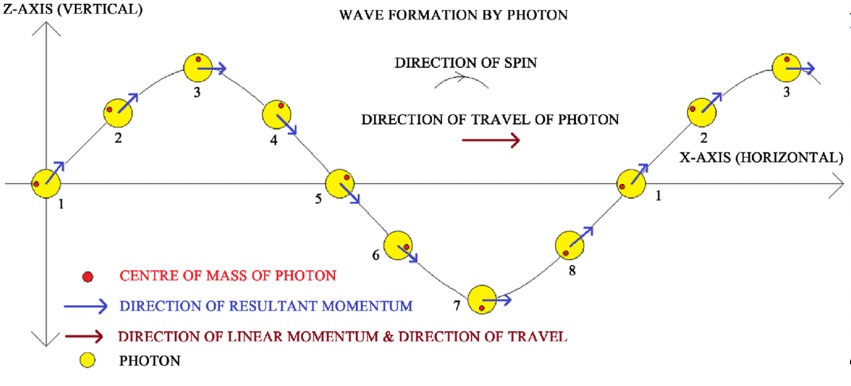
As the photon spins the centre of mass rotates. The direction of the resultant momentum changes continuously to move the photon up & down to form wave.-During the 3 rd quarter of wave formation (position 5 to 7) as the photon spins, the centre of mass rotates and the direction of resultant momentum keeps on changing continuously from position 5 to position 7 (horizontal X-direction) as shown in During this 3 rd quarter movement, the photon moves in X-Z direction downward to the trough position of the wave by its resultant momentum. The downward movement of photon both in X & Z directions simultaneously forms the wave of the 3 rd quarter as shown in Figure 7.-During the 4 th quarter of wave formation (position 7 to 1 of the next wave cycle) as the photon spins, the centre of mass rotates and the direction of resultant momentum keeps on changing continuously from position 7 to position 1 of the next wave cycle as shown in During this 4 th quarter movement, the photon moves in X-Z direction upward to the position 1 of the next wave cycle by its resultant momentum. The upward movement of photon both in X & Z directions simultaneously forms the wave of the 4 th quarter as shown in Figure 7.-With every cycle or spin of photon the above process is repeated to form electromagnetic wave by the particle of photon. All elementary particles display Wave Particle Duality as explained above. This also explains how any spinning particle with center of mass being different from the center of particle always moves in the path of wave. A spinning spherical particle of uniformly distributed mass moves in straight line. Similarly a spinning spherical particle having mass located in the center of the particle also moves in the straight line. Whereas spinning spherical particle with center of mass which is not in the center of particle moves in the path of wave. If the plane of spin of center of mass of photon is different from the direction of travel of photon, wave in all 3 dimensional is formed.




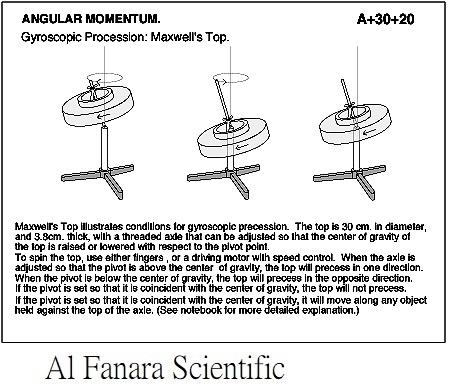
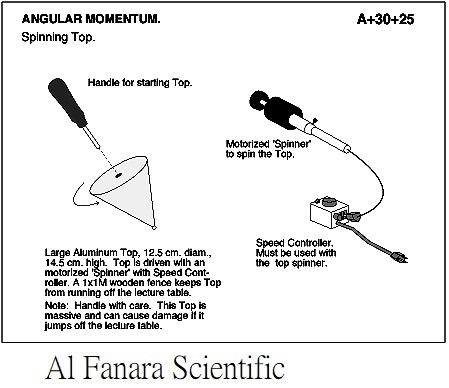
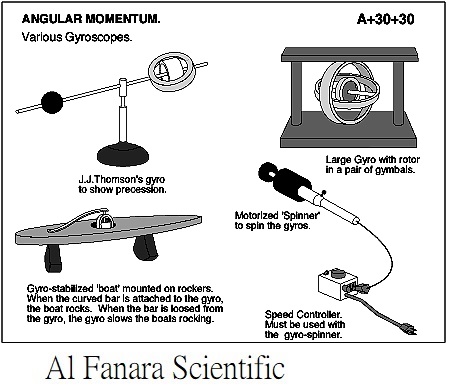





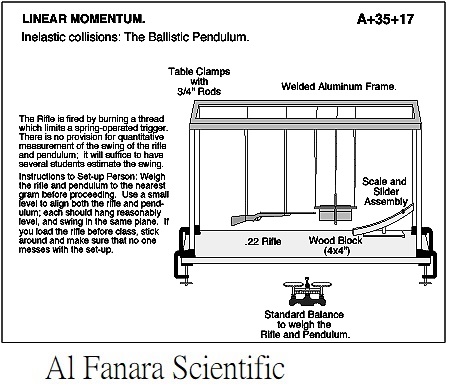
LINEAR AIR TRACK APPRATUS – MAS 4020
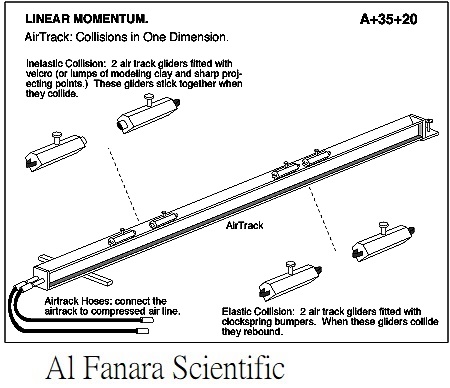
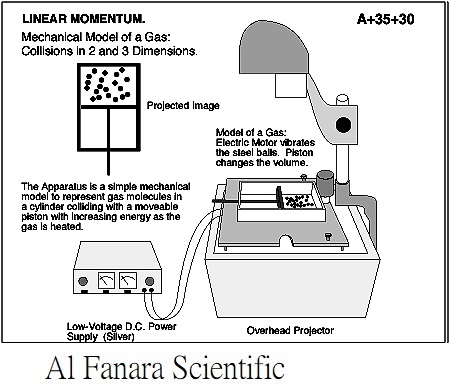
LINEAR AIR TRACK APPRATUS – MAS 4020
